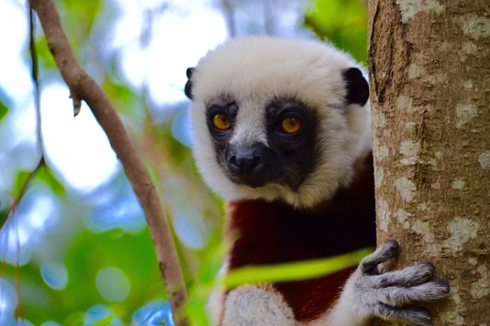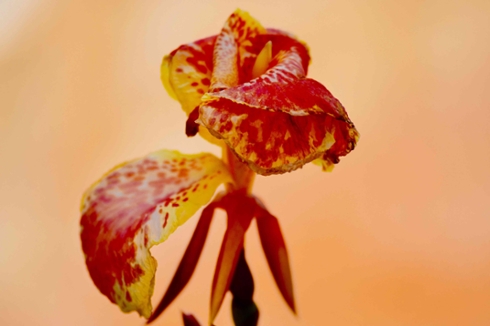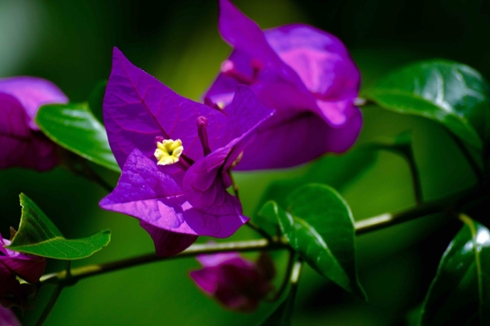Capturing Climate Change in Madagascar: Kate Hilts, Winter Fellowship for International Travel

Kate Hilts, senior Environmental Studies-Political Science major and recipient of the Winter Fellowship for International Travel, shares some vignettes of her experience in Madagascar, photographing species endangered by climate change.
Near the end of my trip, I started to worry that I’d forget the details of my experience. Trying to hold onto the little details of Tana and its surroundings before I forget them, I started jotting random notes down in my phone, such as “harvested rice smells like freshly mown grass” and “private schools everywhere.” I compiled them all. Here are the bits and pieces:
Food:
Mini doughnuts are ubiquitous here, as are fried balls of dough; both are sold at practically every stand on the side of the street. The coffee isn’t like the coffee I know: it’s sweet, and thin, and tastes distantly of cinnamon.
Driving:
On unpaved roads, there are occasionally handmade speed bumps: a strip of bricks pressed into the earth, to make people slow down. They do make people slow down. On other unpaved roads, two strips of cobblestones are laid in the ground, axel-width apart to make driving easier. They do not make driving easier.
VWs are everywhere. I guess this is one place where they still have a market.
Beeping is friendly, polite, and continuous. You beep when going around a corner; you beep if you want the person behind you to pass you; you beep when you want to warn a pedestrian; you beep to say thanks; you beep to say hi.
Seatbelts are non-existent. When they are existent, they are a nuisance, and so are cut through, ignored, or as in one case, wrapped around the driver’s seat headrest so as to be out of the way. However, most Vespa and motorcycle drivers wear helmets.
Landscape:
Rice paddies are everywhere. They’re shocking, vibrant green and consist of hundreds, even thousands of meticulously straight rows of tiny plants. For some, the irrigation channels double as creeks for bathing.
It’s not hot. Just warm: hovering between 70 and 80 every day. After that first minute off the plane, it doesn’t feel humid at all. You don’t feel sticky or suffocated. You begin to disbelieve the humidity, until you realize your brand-new passport has started severely curling up at the edges.
Outside the city, nearly the entire countryside could be painted in two colors: deep green and terracotta red. The exposed earth is so boldly rust-hued it reminds me of dirt on Mars.
People:
Patterned leggings are a big thing here. Flip flops are ubiquitous. I’ve also spotted Angry Birds pajama pants, and several Eurotrash looks.
Kids stream through the streets when schools let out a couple times a day, and some of the uniforms are nearly-identical to the one I wore to primary school in Botswana. Sky-blue collared dresses with three buttons up the front.
If not everyone has one of the smartphones advertised downtown, everyone at least has a cell phone. Driving through brick-and-mud villages at night, you can see peoples’ faces illuminated by them.
Flora & Fauna:
They’re breathtaking. 
Tags: winter fellowship, winter fellowship for international travel, madagascar, environment, climate change, photography, endangered

